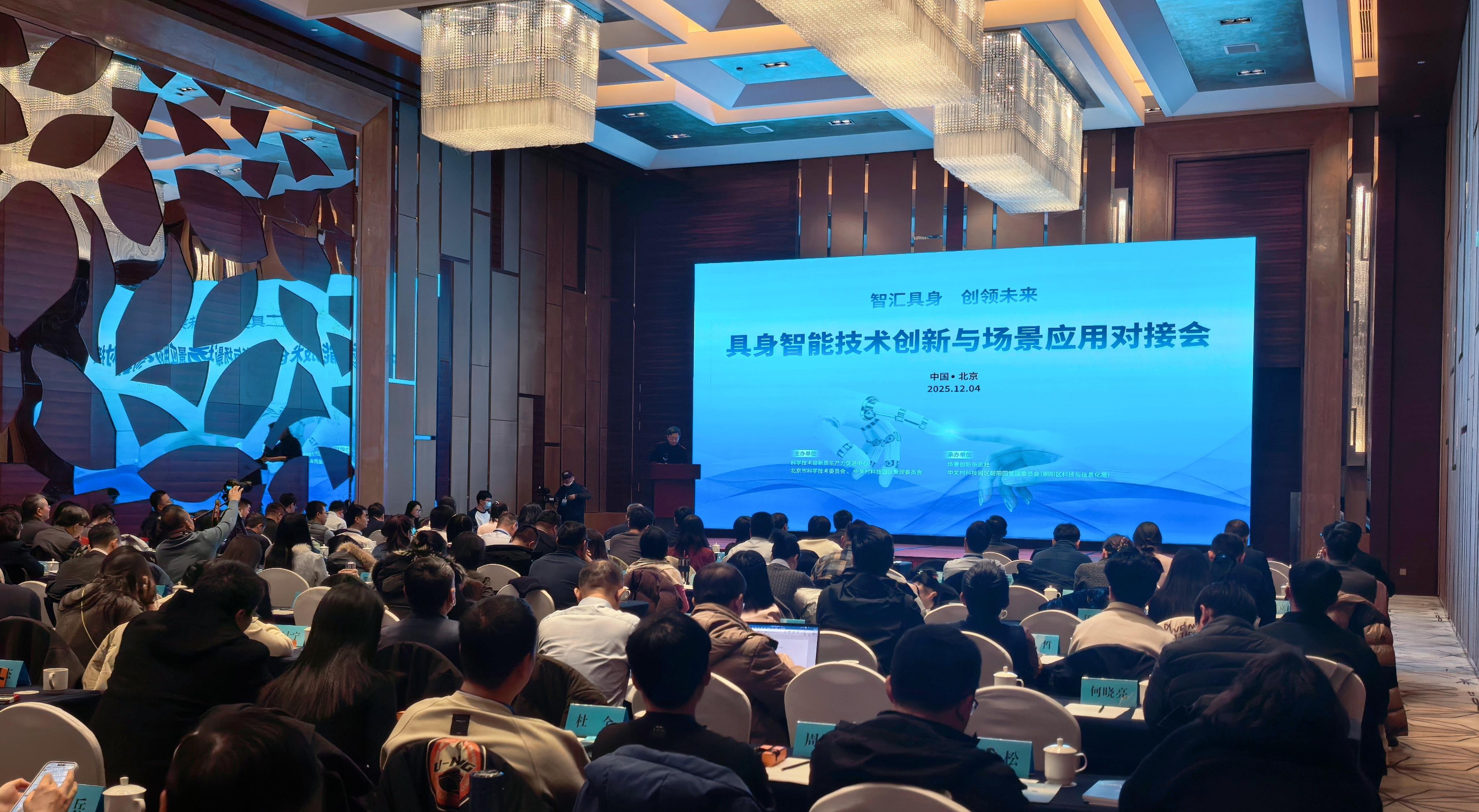Plan to Combat Parasitic Diseases

Researchers undertake experiments to explore the living environments of mosquitoes. (PHOTO: VCG)
By CHEN Chunyou
China's National Disease Control and Prevention Administration, along with 14 other government departments, recently issued a comprehensive plan for the prevention and control of key parasitic diseases. It sets goals for the period 2024 to 2030, aiming to achieve epidemic control standards in all counties where echinococcosis is endemic by 2030, and consolidate the gains made in malaria elimination, ensuring that there are no imported secondary malaria cases.
The plan aligns with the objectives outlined in the Healthy China 2030 initiative, which also aims that all endemic counties will basically control the prevalence of key parasitic diseases by 2030.
To achieve these targets, the plan specifies prevention and treatment strategies for echinococcosis, malaria, kala-azar, soil-transmitted helminthiasis and food-borne parasitic diseases. Key milestones include more than 50 percent of endemic counties with echinococcosis prevalence meeting epidemic control standards by 2025, reducing the incidence of kala-azar in key endemic counties to one per 10,000 by 2025, and cutting the infection rate of liver fluke in key endemic provinces by five percent by 2025 and more than 15 percent by 2030.
The plan also specifies targeted prevention and control measures, including strengthening control of infection sources, enhancing the management of intermediate hosts, standardizing patient screening and treatment, and advancing monitoring and intervention efforts.
It calls for improving the production and living environment in endemic areas by taking into account the requirements of rural revitalization and beautiful village initiatives, so as to minimize the transmission risk of key parasitic diseases in an all-round way.







